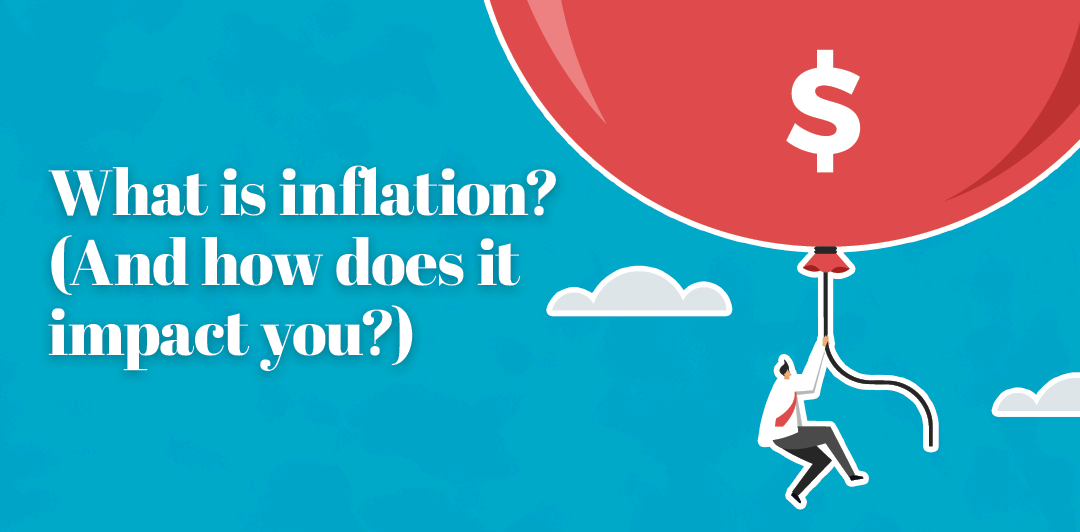


Careful - that stock might not be what you think it is
A new study suggests “investor confusion” may be responsible for about 5 percent of trading. The confusion comes from ticker symbols that are very similar, leading to execution errors. For example:
- The ticker for the Ford Motor Company is F; while FORD is the symbol for Forward Industries, Inc.
- HP stands for Helmerich & Paynes, Inc., not Hewlett Packard Co., which is HPQ.
- The symbol for MCI Communications is MCIC, not MCI, which was a closed-end mutual fund, Massmutual Corporate Investors.
- On October 3, 2013, Twitter, Inc., filed papers for a $1 billion initial public offering. The proposed ticker symbol was TWTR. On October 4, 2013, the stock of Tweeter Home Entertainment Group, an unrelated company, soared 1,400 percent. Its ticker was TWTRQ. The spike was almost certainly a case of investor confusion.
The study identifies 254 pairs of symbols with enough similarity to cause investor confusion. The price changes and turnover co-movements of 31 pairs showed statistically significant parallels sufficient to imply investor confusion.
Interestingly, the confusion was not limited to individual investors. Abnormal trading was identified in institutional investors as well. “On average, trades by mistakes involve 8.2 million shares and $1.1 million in transaction costs per pair per year.” What’s more, the 31 pairs studied likely do not exhaust the pool of investor confusion.
It is possible that some sort of technical solution might be implemented for ticker symbols that are similar, something akin to a spell checker in word processing. Until that day arrives, however, the authors recommend that you “always double-check before you trade."
© 2019 M.A. Co. All rights reserved. (November 2019)
Recent Articles
Join our e-newsletter
Sign up for our e-newsletter to get new content each month.






















